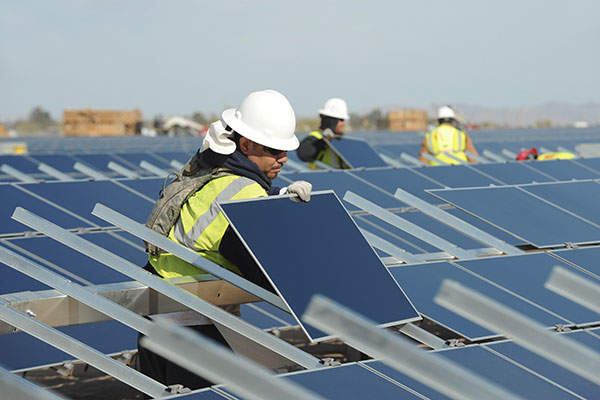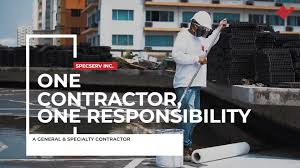
Oil furnaces heat your home using fuel. They are similar to gas furnaces, although oil is usually cheaper. These furnaces can be vented through a chimney or a simple vent pipe. These steps will help you ensure the success of your new oil furnace.
The initial cost of an oil heating system can be higher than a gas or electric model. However, a more efficient furnace can pay for itself in fuel savings over the life of the unit. An efficient furnace can cut down on your fuel consumption by up to 25% per year. Also, consider the maintenance needed to keep your furnace efficient.
Regularly changing and cleaning your oil furnace filter is essential to maintain its efficiency. This will help to remove debris and sludge that collects in the filter. Follow the manufacturer's instructions to clean your filter. Make sure your filter is the same dimensions. To keep it from wearing out rapidly, you should replace your filter every two-years. It's easy to replace the filter.

A heat exchanger is another important part of an oil-fired furnace that must be cleaned. This is because the furnace burners can deposit soot. A well-maintained heat exchanger will improve the furnace's longevity. Keep the strainer clean, too. It is cylindrically or cup-shaped and has a wire mesh screen. Cleaning the strainer should be done with a soft brush.
You may have to adjust the draft regulator depending on how your furnace is being used. This will allow for more efficient combustion. Contact a certified service technician if you have to modify the draft regulator. This is often only a matter of making a few minor adjustments.
An induced draft fan can be added. This fan is normally located downstream of the furnace. The induced draft fan will increase your furnace's efficiency by increasing airflow.
An oil furnace is a complicated piece of equipment. It is best to have an HVAC professional service and install your oil furnace. Unlike gas furnaces, you will need a service contract for an oil furnace. Oil furnaces can also leak, which can increase your ongoing costs.

A control panel is a common feature on many oil furnaces. To get to the panel you need to remove all the screws around the housing's edge. Once the access panel is removed, you will be able to remove the metal panel. These panels are often held in position by bolts or hooks.
Oil furnaces usually have a switch that turns the system on and off. Reset buttons are also available. The reset button will usually be labeled on the motor and on the stack.
Oil furnaces are durable. An oil furnace can last up to twenty-five years if it is maintained properly. A more recent model will be able to run at a higher level of efficiency, even though an older oil furnace may need replacement.
FAQ
Who will pay for the service
The SCA identifies who is responsible for paying the service. The service provider may be entitled to compensation if it isn't paid in full.
What does my SCA cover?
Your SCA will detail the scope of work, including the time it will take, how many materials are needed, what equipment is required, and whether special permits are necessary.
What is a service agreement?
A Service Contract Agreement (SCA) is an agreement between two parties to provide services to each other. The SCA defines those services, how much time and effort should be spent on them, who pays for them and when they start. It also defines what happens if one party violates the agreement's obligations.
Statistics
- (3) The contracting officer may provide for a contract price adjustment based solely on a percentage rate determined by the contracting officer using a published economic indicator incorporated into the solicitation and resulting contract. (acquisition.gov)
- (1) Except as provided in paragraphs (a)(4) and (a)(8) of this section, if the estimated amount of the contract or subcontract is $10 million or more, the contracting officer shall request clearance from the appropriate OFCCP regional office before- (acquisition.gov)
- (ii) Name, address, and telephone number of each proposed first-tier subcontractor with a proposed subcontract estimated at $10 million or more. (acquisition.gov)
- (1) Ascertain the extent to that offers are based on the payment of overtime and shift premiums; and (2) Negotiate contract prices or estimated costs without these premiums or obtain the requirement from other sources. (acquisition.gov)
- (d) Contractor disputes related to compliance with its obligation shall be handled according to the rules, regulations, and relevant orders of the Secretary of Labor (see 41 CFR60-1.1). (acquisition.gov)
External Links
How To
How can I start to negotiate my first service contract?
Negotiating the terms of a first service agreement can seem like a daunting task.
Negotiating the terms of a contract is not difficult.
It all depends on how well prepared you are.
Before you start to negotiate, ensure you are familiar with the terms and conditions for your first service agreement.
You should also know exactly what your plans are for each customer.
And it is essential to understand what your customer expects.
Once you know what you will offer, you can begin preparing for negotiations.
You will be more prepared when you meet with the other person.